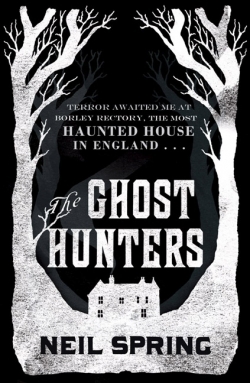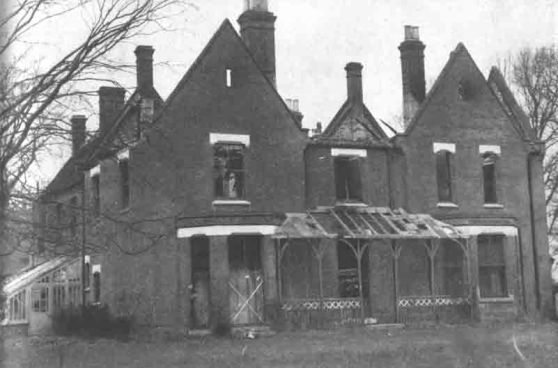
![]()
![]()
![]()
![]()
![]()
“Selfish people are happy people. I believe that with all my heart.”
– Leland Gaunt
What a book to read during the COVID-19 pandemic. Needful Things has been a wonderful companion to the supermarket aisles bare of whatever random products people thought they couldn’t live without during a shutdown, the companies firing employees without batting an eyelash, and the brazen citizens who are still out tugging on locked storefront doors, puzzled as to why they can’t get in to buy something they don’t really, well, need. All of it has been a stark reminder that, while the world itself is quite different now, people are still the same: full of greed, selfishness, and, wait…love, humility, and altruism, too.
It’s difficult to keep our latter traits in mind while enduring a crisis so simultaneously frightening and mind-numblingly dull as this. You may have noticed I stopped writing reviews for a while. I was convinced that my opinion didn’t matter in the face of this pandemic. Can you believe I was descending quickly into a pit of self-despair and hopelessness?
COVID-19 has highlighted my personal shortcomings in a way I never thought possible. I have never felt less articulate, capable, or intelligent. I have that American way of believing my worth depends directly upon my productivity, what I can accomplish, not upon my happiness, health, and sense of belonging.

I know, I’ve been a little slow on the uptake. And it’s because, like many other people, I’ve been monomaniacally focused myself. It’s taken me a surprisingly long time to realize that literally no one else is thinking about me. They’re all too busy worrying about themselves, too. Of course my opinion doesn’t matter! And that’s exactly why I shouldn’t be afraid to share it.
Thus far, I have avoided any Faustian pacts designed to prey upon my notions of what I think will make me happy. But I can’t say the same for most of the citizens of Castle Rock. Leland Gaunt seems to always have “just the thing,” and his prices are astonishingly cheap. All he wants you to do to compensate for it is a little favor: play a mean-spirited prank on a neighbor.
As a thrifter and antique shopper, I related so much to this concept. I know well how it feels to see some old thing in a store window that I just have to have, and I know what it’s like to always expect a price that is higher than what’s listed on the tag, even if what’s listed isn’t all that great of a deal. So personally, before the suitcase is even unlatched and the metaphors unpacked, Stephen King is handing me a winner.
I’ve started quite a few books lately that did not hold my attention, but coming back to a King novel is always like coming home. Needful Things is about two to three hundred pages too long, and that still did not stop me from devouring every word. I loved his protagonists, a small-town sheriff and a local business owner and seamstress with severe arthritis in her hands; their redeeming stories made the awfulness of the other townspeople tolerable. I adored his villain, Leland Gaunt, who was both a traditional and nontraditional depiction of Satan, complete with smoke coming out of his ears and a sense of revulsion from whomever becomes the victim of his handshakes.
King believes in his worlds. I can tell that, in the moment of composition, he is absolutely convinced of the reality of the story. He cares about his heroes and he hates his villains, but he doesn’t lose sight of the flaws of the former and the humanity of the latter. In fact, it’s often difficult to distinguish between the two (which is personally the way I think it should be).
Besides characterization, King shows off his talent for plot-building in this novel. Gaunt spends about 600 pages making everyone in the town mad enough at someone else that they could spit– then, he knocks over the first domino, sits back, and lights a cigar. King intricately weaves together these confrontations until they grow into a situation so out-of-control it seems impossible for the protagonists to stop it. Once you reach the tipping point in this novel, I defy you to put it down before you find out how it ends. Beginning it, especially in our current situation, is a bit like entering into a pact of your own. It’s too damn long, but you’ll get hooked by page 15 and have no choice but to see it through until page 684.












